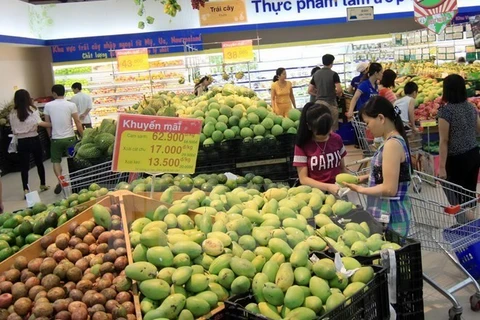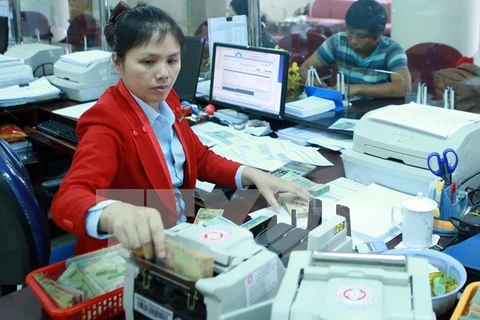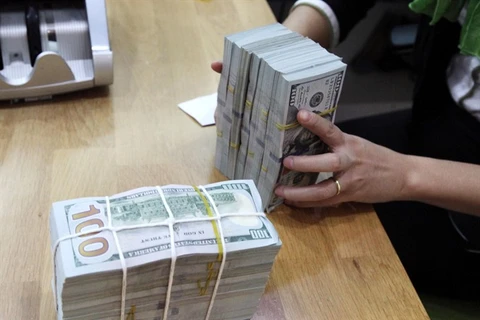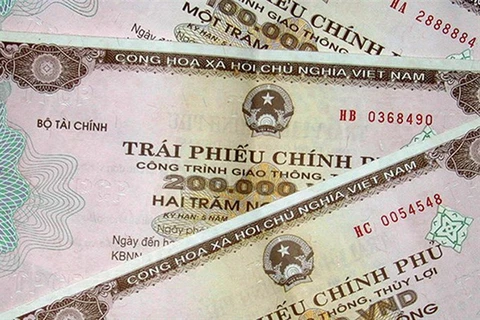Hanoi (VNA) - The State Bank of Vietnam (SBV) unexpectedly resumed the issue of central bank bills worth 8 trillion VND (350.9 million USD) this week, a move aimed at increasing the nation’s foreign exchange reserves.
Before this issue of bills, whose term is one week with interest rate of 1.3 percent per year, the most recent issue the central bank made was on March 3.
According to industry insiders, SBV made the move as commercial banks did not sell the US dollar to the central bank although they bought a large quantity of the greenback from individuals and institutions.
The issue will contribute to increasing the interest rate in the inter-bank market, which slipped to an eight-month low last week in the wake of the central bank’s recent policy rate cut. The rates for overnight, one-week and one-month loans declined by 47, 49 and 67 basis points against the previous week to 1.28, 1.57 and 2.42 percent, respectively, according to a report from Saigon Securities Incorporation (SSI)’s research division.
The rate hike in the inter-bank market will push up the cost of holding the dollar, especially in the context that the dollar/dong exchange rate tends to decline, insiders explained. Therefore, the fact that banks are forced to sell the dollar to the SBV is only a matter of time, they said.
To expand the foreign reserves, in the first half of 2017, the central bank increased the buying rate for the greenback at its transaction centre thrice, posting a total increase of 150 VND. The latest hike of 50 VND was made on June 19, raising its buying rate for the US dollar from commercial banks to 22,725 VND per dollar.
Analysts say the buying rate hike at SBV’s centre is aimed at encouraging commercial banks to buy dollars from currency holders at higher rates. The banks will then sell dollars to SBV’s centre, helping the central bank further build foreign reserves to prepare for any fluctuation that may occur if the US Federal Reserve (Fed) increases interest rates.
Early this month, SBV Governor Le Minh Hung said that Vietnam’s foreign exchange reserves was at an all-time high of 42 billion USD. The reserves have increased by roughly 1 billion USD against the end of last year.-VNA
VNA
























